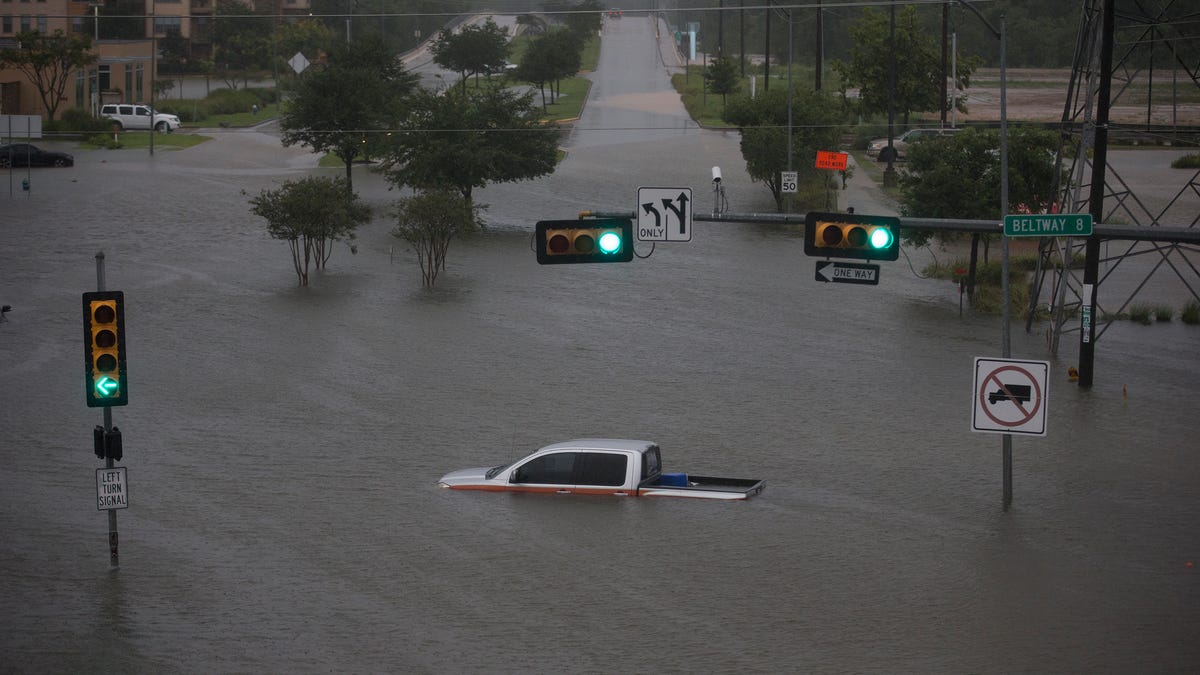Arctic Blast to Send U.S. into Dangerous Deep Freeze, Imperiling Holiday Travel
As temperatures continue to rise, the impact of climate change becomes more evident. The summer of 2023 marked the Northern Hemisphere’s hottest season in 2,000 years, leading to devastating wildfires in Canada and deadly heatwaves in various U.S. states such as Texas and Arizona. Flash floods in Vermont caused damages equivalent to a hurricane, highlighting the severe consequences of extreme weather events.
Looking ahead, experts warn that the 2024 summer could be a “danger season” with potentially catastrophic events. The National Oceanic and Atmospheric Administration’s forecast for the upcoming Atlantic hurricane season suggests it could be the most prolific on record, with a high likelihood of blistering temperatures across the country.
El Niño and La Niña Influence
The alternating climate patterns of El Niño and La Niña in the Pacific Ocean play a crucial role in shaping weather conditions across the Americas. With the transition from El Niño to La Niña expected this summer, the combination of these phenomena, exacerbated by climate change, could result in unprecedented extremes.
Zeke Hausfather, a climate scientist, explains that the interaction between El Niño and La Niña, occurring in a warmer world, sets the stage for more intense weather patterns. The transfer of heat from the Pacific Ocean into the atmosphere during El Niño can significantly impact global temperatures and weather systems.
Impacts on Hurricanes and Wildfires
The prolonged El Niño period has raised concerns about hurricane formation and the potential for severe wildfires. The warmer ocean surface temperatures have already bleached over half of the world’s coral reefs and provided ample fuel for hurricanes to develop and intensify.
Matthew Rosencrans, a lead forecaster at NOAA, emphasizes the far-reaching consequences of these climate patterns, with a forecast of at least 17 storms expected to develop into hurricanes during the upcoming season. The weakened high-altitude winds in the Atlantic, caused by La Niña, could allow storms to form and persist.
Preparation and Adaptation
With the increasing risks posed by climate change, experts stress the importance of preparedness. Andrew Dessler, a climate scientist, notes that while hurricanes may not increase in frequency due to human-caused warming, their destructive potential is amplified. It is crucial for communities to adapt to the changing climate and be proactive in disaster planning.
As the world transitions into a new climate era, characterized by more frequent and intense extreme weather events, readiness and resilience are key. By taking early action and following disaster preparedness guidelines, individuals and communities can mitigate the impacts of future disasters.
Image/Photo credit: source url





